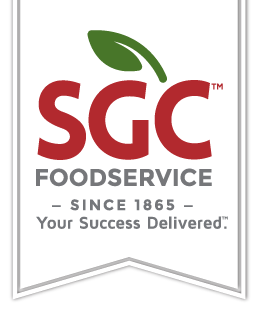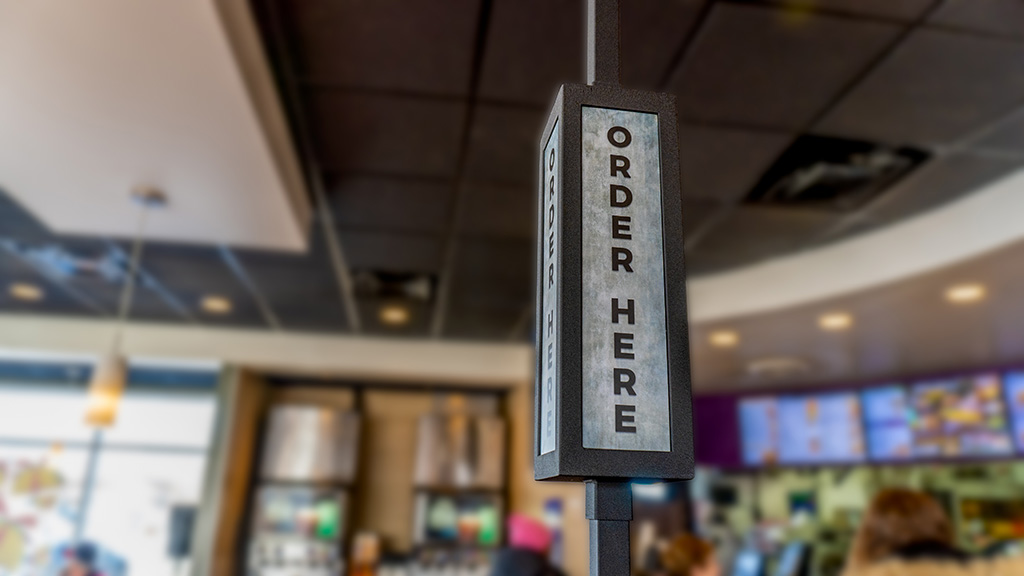Whether it’s a fast, casual restaurant or sit-down experience, many businesses are taking advantage of implementing self-service kiosks. If you’re unfamiliar with self-service kiosks, they are interactive terminals that give your customers the control to order on their own terms.
As consumer needs change, technology continues to change to meet these needs. Self-service kiosk technology could be just what you’re looking for to enhance customer service and order accuracy.
Efficiency
A considerable benefit of self-service kiosks is the increase in transaction efficiency. Allowing customers to input their orders themselves creates less opportunity for human error on orders and customizations. Requested changes to classic items on the menu can get tiresome for your staff and be prone to mistakes. Kiosks will also free up time for staff to produce a better and more personal customer experience by being available to answer questions and assist with any difficulties. More staff will be available to take orders quickly and reduce wait times. Less responsibility for your employees will also reduce their level of stress and cultivate a more positive and enjoyable work environment.
Kiosks have also proven to benefit sales numbers. Customer spending increases with kiosk promotions and upselling suggestions. Order add-ons have been shown to raise overall order size by 15% to 30%. One study found that guests who placed their orders in McDonald’s spent 30% more and 20% more on those who self-ordered in Taco Bell. Food costs will also decrease with the decrease in the chance for error when entering orders. This can considerably cut down on food waste.
Satisfaction
Self-service kiosks are also an advantage to the customers. Some guests may prefer a more contactless or private experience. A self-service kiosk will provide a more controlled environment for your customer, and they won’t have to worry that they are perceived as “difficult” with any order add-ons or customizations.
Customers will appreciate the decrease in wait time and the seamless, contactless payment procedure. It’s a great benefit to your guests that they can order from staff or order without having to interact.
Disadvantages
Although self-service kiosks can be beneficial, they also can be costly. The average cost of a kiosk setup—including display, card reader, and receipt printer—is approximately $5,000. Depending on your system and the number of kiosks, some can cost up to $20,000.
Kiosks can also have a negative effect on your customer’s experience. Less interaction with waitstaff could impact the overall experience by creating fewer customer service touchpoints. Some of your customers can also have a resistance to technology. There is a possibility that some guests would not want to order through a self-service kiosk which could be frustrating. It can also spark some customer frustration if there are any hardware or software failures. These systems are prone to occasional malfunctions. It’s essential to keep on top of regularly scheduled maintenance and updates.
Despite the disadvantages, self-service kiosks could still be right for your restaurant. If you’re creating a casual experience or have a younger demographic, kiosks could be an easy and beneficial addition. If you have more of a homey atmosphere, you may want to ease into digital updates by implementing them in stages. Consider a hybrid approach like that of Buffalo Wild Wings or Chili’s. Allow your customers to view certain menu items, order drinks, and pay bills using tablets. This will also cut down on wait time and customer frustration.

